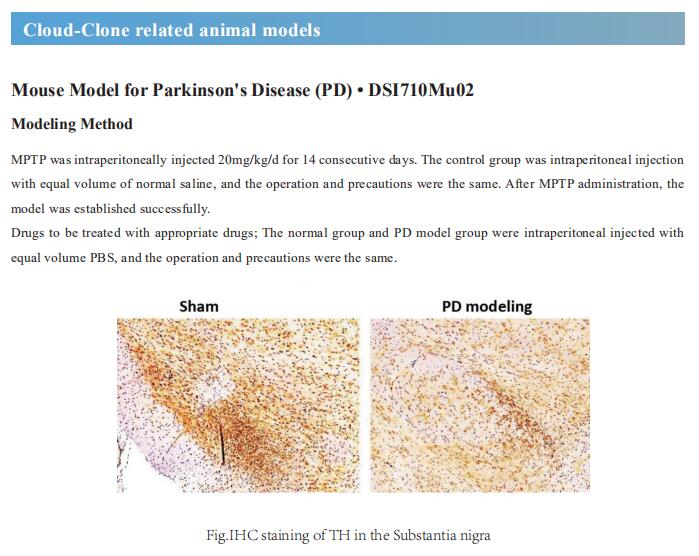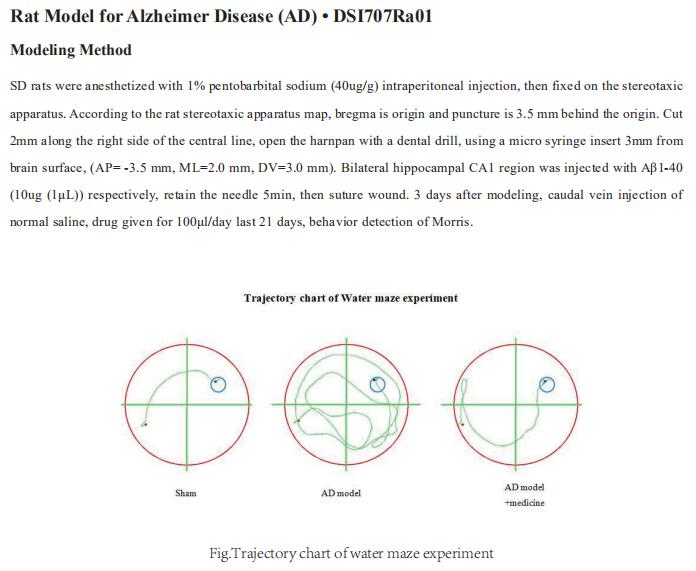Targeted microglia in the treatment of central nervous system related diseases
As resident macrophages of the central nervous system (CNS), microglia are associated with diverse functions essential to the developing and adult brain during homeostasis and disease. Microglia are now considered among the most versatile cells in the body, possessing the capacity to morphologically and functionally adapt to their ever-changing surroundings. Harmonious cell-cell communication involving microglia are considered crucial to maintain the healthy state of the tissue environment and to overcome pathology such as neuroinflammation. Analyses of such intercellular pathways have contributed to our understanding of the heterogeneous but context-associated microglial responses to environmental cues across neuropathology, including inflammatory conditions such as infections and autoimmunity, as well as immunosuppressive states as seen in brain tumors. Recently, many papers reported microglia related research, which may provide help for the treatment and prevention of related diseases.
1. Microglia regulate central nervous system myelin growth and integrity
Myelin is required for the function of neuronal axons in the central nervous system, but the mechanisms that support myelin health are unclear. Veronique E. Miron, UK Dementia Research Institute at The University of Edinburgh, UK, and his team showed that resident microglia are crucial for the maintenance of myelin health in adulthood in both mice and humans[1]. They demonstrated that microglia are dispensable for developmental myelin ensheathment. However, they are required for subsequent regulation of myelin growth and associated cognitive function, and for preservation of myelin integrity by preventing its degeneration. They showed that loss of myelin health due to the absence of microglia is associated with the appearance of a myelinating oligodendrocyte state with altered lipid metabolism. Moreover, this mechanism is regulated through disruption of the TGFβ1–TGFβR1 axis (Fig.1). These fndings highlight microglia as promising therapeutic targets for conditions in which myelin growth and integrity are dysregulated, such as in ageing and neurodegenerative disease.
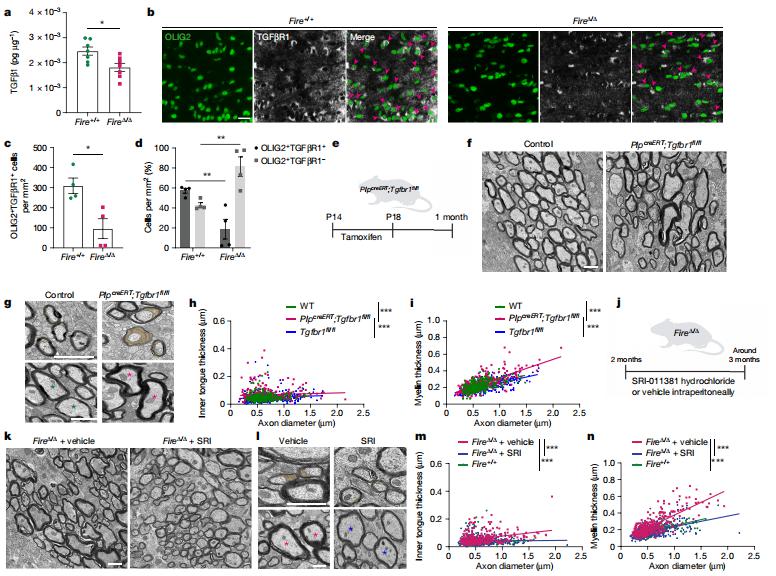
Fig.1 TGFβR1 signalling regulates myelin integrity
2. Microglia-derived PDGFB promotes neuronal potassium currents to suppress basal sympathetic tonicity and limit hypertension
Although many studies have addressed the regulatory circuits affecting neuronal activities, local non-synaptic mechanisms that determine neuronal excitability remain unclear. Peng Shi, Department of Cardiology of the Second Affiliated Hospital, Zhejiang University School of Medicine, China, and his team found that microglia prevented overactivation of pre-sympathetic neurons in the hypothalamic paraventricular nucleus (PVN) at steady state[2]. Microglia constitutively released platelet-derived growth factor (PDGF) B, which signaled via PDGFRa on neuronal cells and promoted their expression of Kv4.3, a key subunit that conducts potassium currents (Fig.2). Ablation of microglia, conditional deletion of microglial PDGFB, or suppression of neuronal PDGFRa expression in the PVN elevated the excitability of pre-sympathetic neurons and sympathetic outflow, resulting in a profound autonomic dysfunction. Disruption of the PDGFBMG-Kv4.3Neuron pathway predisposed mice to develop hypertension, whereas central supplementation of exogenous PDGFB suppressed pressor response when mice were under hypertensive insult. The results point to a non-immune action of resident microglia in maintaining the balance of sympathetic outflow, which is important in preventing cardiovascular diseases.
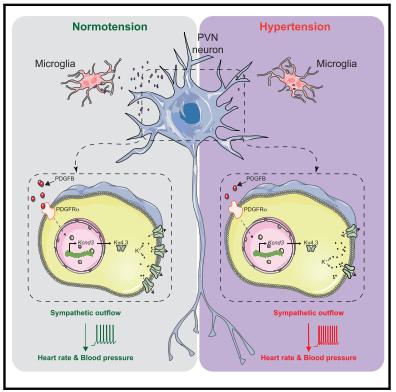
Fig.2 Microglia-derived PDGFB promotes neuronal potassium currents to suppress basal sympathetic tonicity and limit hypertension
3. SYK coordinates neuroprotective microglial responses in neurodegenerative disease
Recent studies have begun to reveal critical roles for the brain’s professional phagocytes, microglia, and their receptors in the control of neurotoxic amyloid beta (Aβ) and myelin debris accumulation in neurodegenerative disease. However, the critical intracellular molecules that orchestrate neuroprotective functions of microglia remain poorly understood. John R. Lukens, Center for Brain Immunology and Glia, Department of Neuroscience, University of Virginia, USA, and his team found that targeted deletion of SYK in microglia leads to exacerbated Aβ deposition, aggravated neuropathology, and cognitive defects in the 5xFAD mouse model of Alzheimer’s disease (AD)[3]. Disruption of SYK signaling in this AD model was further shown to impede the development of disease-associated microglia (DAM), alter AKT/GSK3b-signaling, and restrict Aβ phagocytosis by microglia (Fig.3). Conversely, receptor-mediated activation of SYK limits Aβ load. The studies suggest that targeting SYK may offer novel strategies to boost microglial protective responses, including phagocytosis of neurotoxic material, to treat neurodegenerative disease.
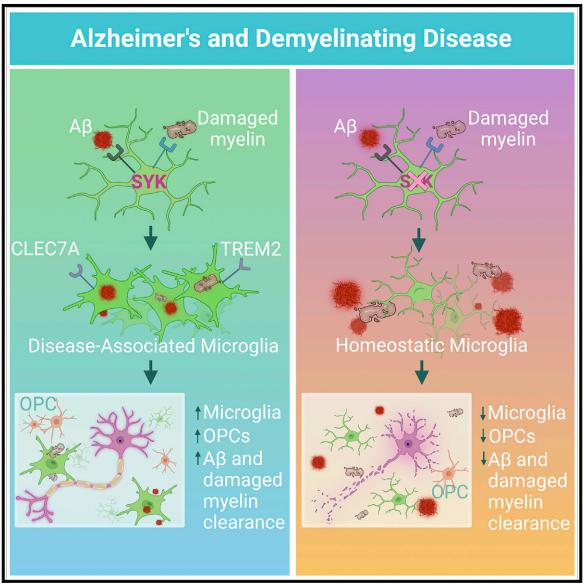
Fig.3 SYK coordinates neuroprotective microglial responses in neurodegenerative disease
References
[1]McNamara NB, Munro DAD, Bestard-Cuche N, et al. Microglia regulate central nervous system myelin growth and integrity [J]. Nature. 2022;10.1038/s41586-022-05534-y. (IF=69.504)
[2]Bi Q, Wang C, Cheng G, et al. Microglia-derived PDGFB promotes neuronal potassium currents to suppress basal sympathetic tonicity and limit hypertension [J]. Immunity. 2022;55(8):1466-1482.e9. (IF=43.474)
[3]Ennerfelt H, Frost EL, Shapiro DA, et al. SYK coordinates neuroprotective microglial responses in neurodegenerative disease [J]. Cell. 2022;185(22):4135-4152.e22. (IF=66.850)
Cloud-Clone can not only provide animal models of neurodegenerative diseases such as Alzheimer's disease and Parkinson's disease and cardiovascular diseases such as hypertension, myocardial infarction and heart failure, but also have common detection indicators of various neurodegenerative diseases and cardiovascular diseases and the above TGF β 1、TGF β R1, PDGFB, PDGFRa, SYK and other related products,which can help the majority of scientific researchers to carry out research on microglia-related diseases.
